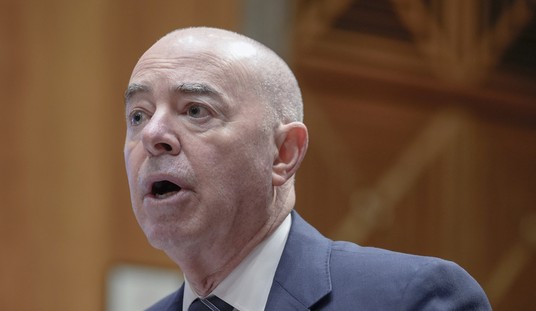Since when is a 6-2 Supreme Court decision a product of a “sharply divided” court? The answer seems to be, when the decision isn’t one that goes along with the medialeft’s notions about how things ought to be.
McClatchy’s Michael Doyle leads off his article on the Supreme Court upholding Michigan’s ban on affirmative action in college admissions like this:
WASHINGTON — Affirmative action again split the Supreme Court on Tuesday, as sharply divided justices upheld a Michigan measure that bans preferential treatment in college admissions based on race or ethnicity.
In a highly anticipated and fractured decision, justices in a plurality decision said courts lacked authority to interfere with the political decision made by Michigan voters.
“Courts may not disempower the voters from choosing which path to follow,” Justice Anthony Kennedy wrote.
Six justices agreed with the conclusion that sustains the Michigan measure. Only Chief Justice John Roberts, Jr. and Justice Samuel Alito, though, fully agreed with Kennedy’s reasoning, limiting the potential reach of the decision. Kennedy, moreover, emphasized the limits of the ruling.
“It is important to note what this case is not about,” Kennedy stressed. “It is not about the constitutionality, or the merits, of race-conscious admissions policies in higher education.”
Conservative justices Clarence Thomas and Antonin Scalia joined in a separate concurring opinion, arguing Michigan’s measure was undeniably legal, while liberal Justice Stephen Breyer wrote his own concurring opinion.
So we have six justices, easily a majority of the nine on the court, agreeing to uphold Michigan’s law, just differing among themselves on nuances. Only two, the most liberal justices Ruth Bader Ginsburg and Sonia Sotomayor, went the other way. Elena Kagan recused herself, but even if she had joined the dissent, it’s a 6-3.
The court’s majority mirrors the majority that approved the law in the first place — 58% approved it as a constitutional amendment in 2006.
McClatchy wasn’t done with its mischaracterization of the court’s ruling.
The court’s relatively narrow decision Monday, though, largely sidestepped the costs and benefits of affirmative action, focusing instead on the political process.
Again, it was 6-2. 5-4 is “relatively narrow.” 6-2 is not.
All of that said, let’s return to Justice Kennedy’s argument: ““Courts may not disempower the voters from choosing which path to follow.”
Really? What about California’s Prop 8?









Join the conversation as a VIP Member